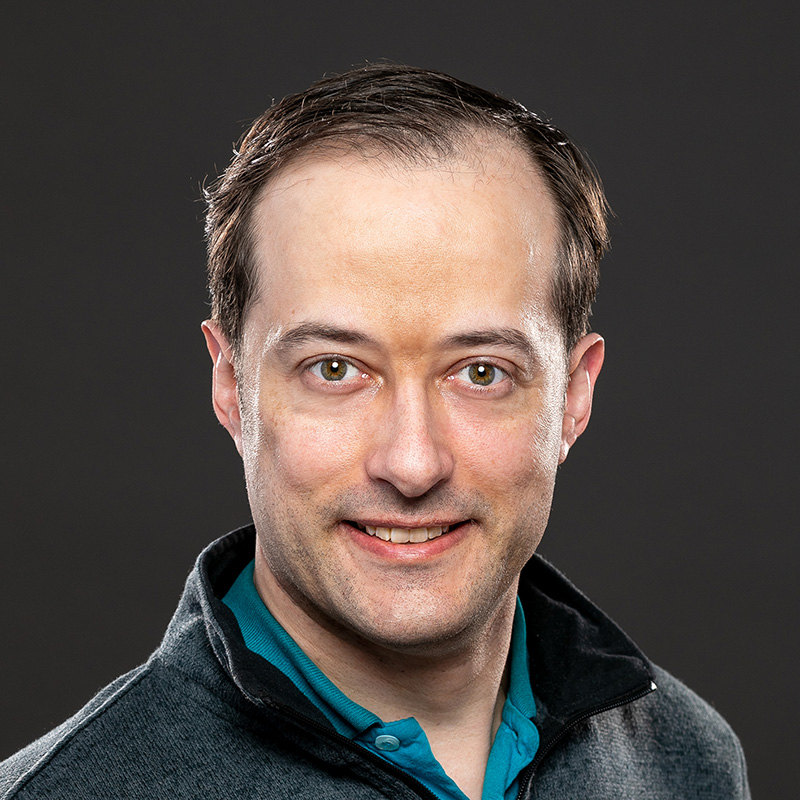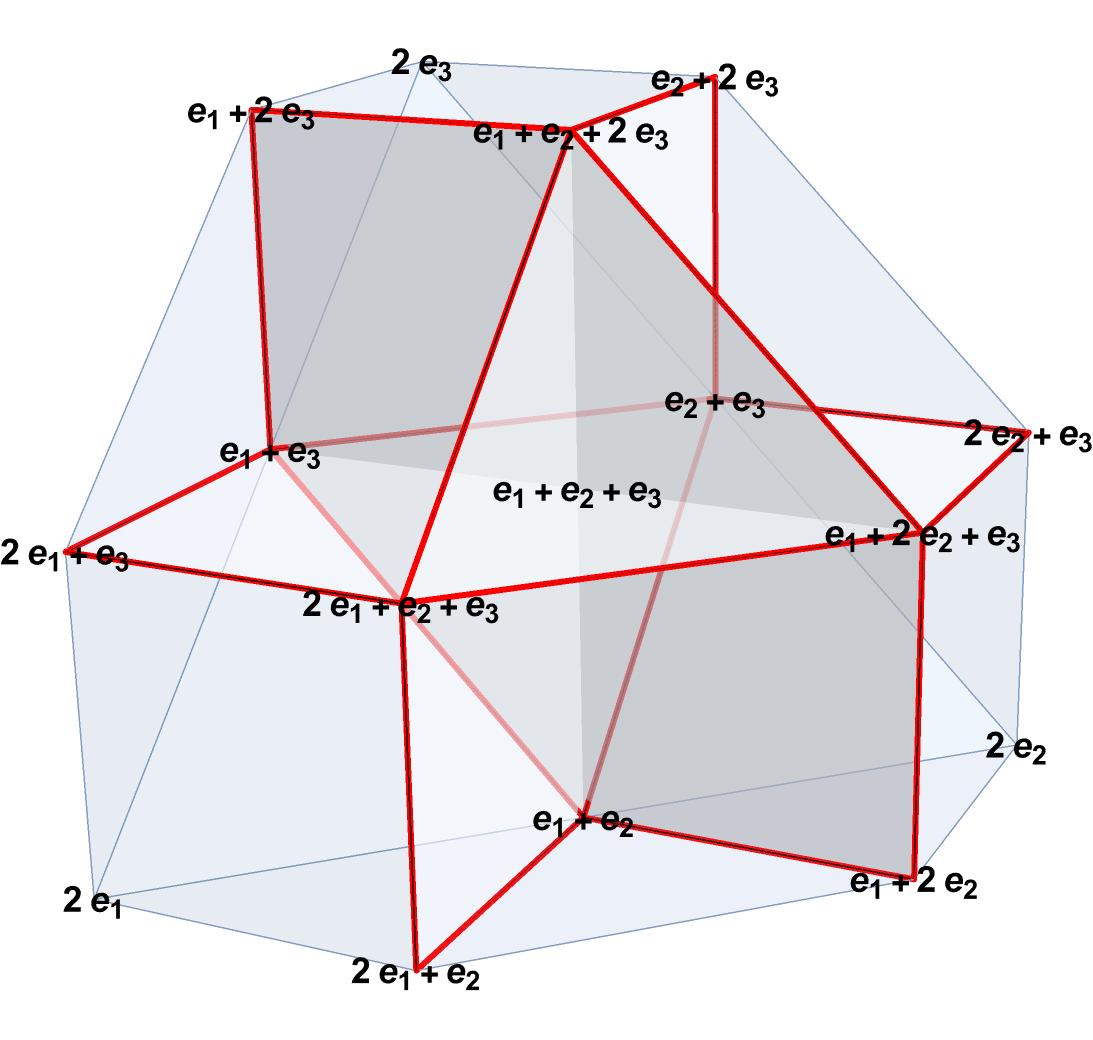Nick Early works in two research fields at a time, in physics and in math. He already chose this two-fold path early in his career: While working on his PhD in mathematics he discovered new connections to theoretical physics and became fascinated by them. Today he translates fundamental processes, like scattering amplitudes, into mathematics to get a deeper understanding about them.
Nick, what is your research about?
I study physical processes using geometric and combinatorial structures coming from mathematics. These structures occur in the study of scattering amplitudes, which are fundamental objects in particle physics.

Are you rather a mathematician or a physicist?
Well, actually I would say I am both a physicist and a mathematician. Even before my undergraduate study in math and physics, when I was reading popular science books, I started to believe that finding answers to the most fundamental and important questions requires fluency in both fields.
Are there a lot of theoretical physicists combining these two fields?
Being able to speak effectively with both mathematicians and physicists is extremely important for our research. The scientific community for my specific research area is still quite small though, maybe a handful of people. This was the reason why I got recruited for the ERC Scattering Amplitudes group of Johannes Henn at the Max Planck Institute for Physics. There is much room for growth in this field.
You published three papers lately. What did you find out?
I try to understand the physical principles that characterize scattering amplitudes from a mathematical point of view and then translate what I have learned back into physics. These principles are embodied in two physical constraints in Quantum Field Theory that are imposed on the S-matrix, known as locality and unitarity. My work is related to the mathematical formulations of these constraints. This area represents an important problem which has received significant attention recently. The goal is to understand these constraints from different points of view, including now combinatorial geometry, which is my specific research field.

Why is it important to understand these mathematical constraints on scattering amplitudes?
We are looking at them through a new model for a generalization of scattering amplitudes. This model was introduced by Freddy Cachazo, Alfredo Guevara, Sebastian Mizera and me in 2019. Then Freddy and I started asking for the most general physical and mathematical context in which the constraints are applicable and also for the physical lessons to be learned. In my recent paper with Freddy Cachazo and Bruno Umbert, we showed that, for sufficiently high dimensional spacetime, amplitudes can split in a way that seems to violate the principle of locality. However, there is a catch: You can never observe it happen,so there is no contradiction with physical principles. For this reason we called it semi-locality, and we called the conditions under which it arises split kinematics.
How does your research day-to-day-life look like when you combine two sciences?
It is intense work and it can be very frustrating, when it is slow. I am formulating conjectures and writing proofs, which are often translations of physical processes into the language of mathematics, and in return this informs new physical questions. It is a long process and perhaps not the most common research pursued today. But it is very rewarding in the end. We have established a collaboration with the Max Planck Institute for Mathematics in the Sciences in Leipzig during the last year. This is where I am pursuing my research from August on. Bringing together math and physics opens the door wide to a whole new world of scientific discovery.
Thank you, Nick and good luck!
Papers:
Biadjoint Scalars and Associahedra from Residues of Generalized Amplitudes

